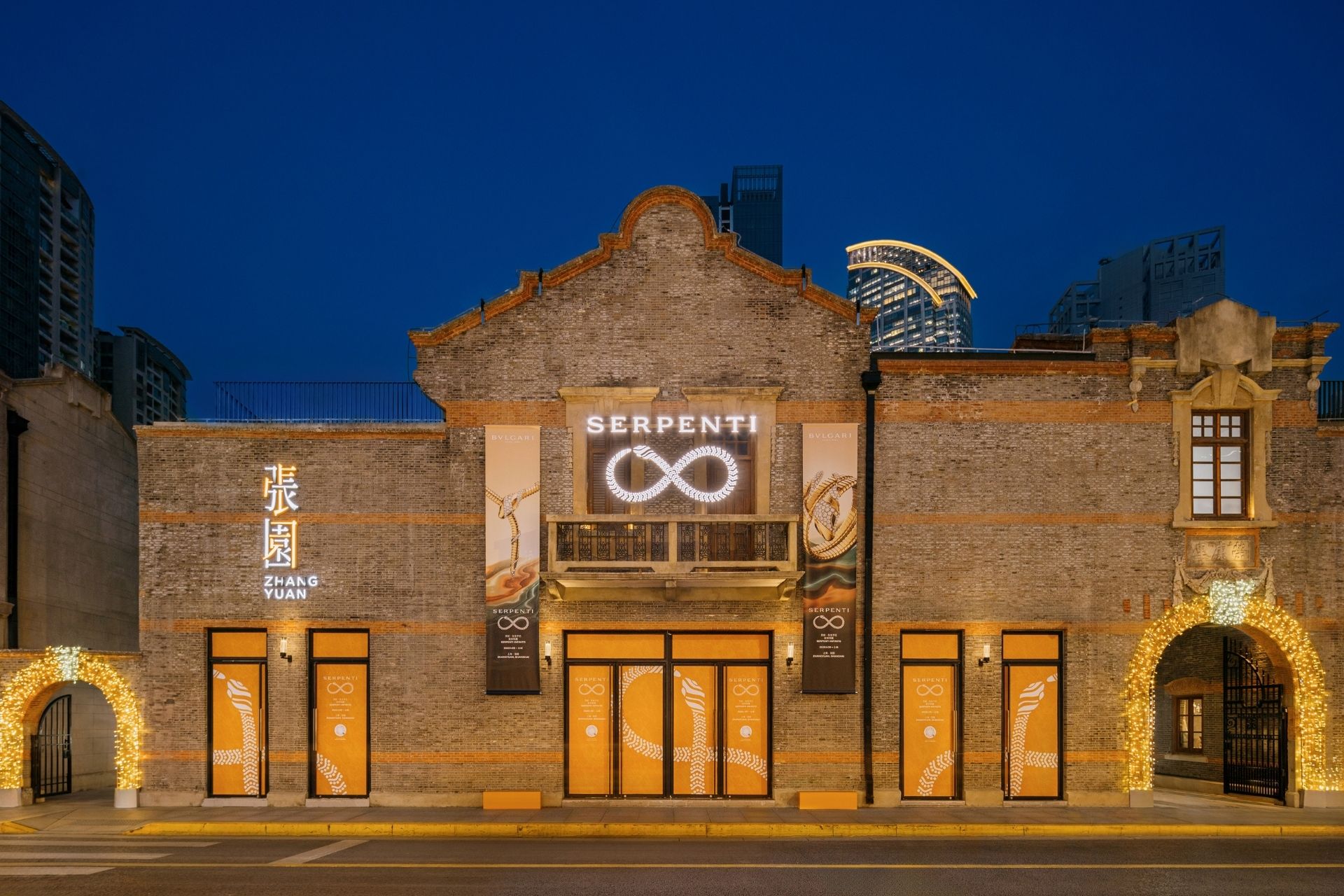This season, Dior, Prada and Zegna led the way in terms of how to perfectly navigate the tumultuous changes in the luxury market, demonstrating innovative and creative transformations within their digital strategies to present some of the most compelling content during fashion week.

This season, Dior, Prada and Zegna led the way in terms of how to perfectly navigate the tumultuous changes in the luxury market, demonstrating innovative and creative transformations within their digital strategies to present some of the most compelling content during fashion week.
To say that the luxury market is going through a tough time may be an understatement. Last week saw a slew of negative sales results from all major brands and groups, proving that no one is immune from the effects of a global pandemic. Richemont posted a 47 percent fall to €1.99bn for the quarter ended June, Burberry said like-for-like sales in the first quarter dropped by 45 percent and Brunello Cucinelli said it had an unsold inventory of 30 million euros.
Double digit growth is a sweet and sour reminder of a glorious past for the whole industry, fuelled by high product volumes in the market, high calculated margins and increased pressure to sell expensive luxury souvenirs to the travelling Chinese consumer.
In these times, some companies are choosing to execute a short-term strategy that includes cutting marketing costs, streamlining teams, shrinking collections, and increasing their prices in a bid to ride out the wave, basically cutting investments and expenses to the bone in the hope that business will bounce back as soon as possible.
However, a recovery will take time and the reality is likely to be much harsher.
When running a successful business, it’s important to think of it like alchemy. Every cut has to be considered and evaluated deeply within the global strategy of the company and offset by medium-term investments that pivot a brand to adapt to the new market needs and exploit them accordingly. With this in mind, companies need to demonstrate agility, flexibility and a curiosity to always evolve the business alongside with the changing habits of the markets to create added value.
The digital fashion weeks that took place this season in Paris and Milan are a clear sign of the times, highlighting just how uncertain the path to profitability is.
Most fashion and luxury brands that have been taken out of their comfort zone, are completely lost. Their knowledge of contemporary communication is very limited, their connection with potential customers is weak and very few of them show original point of views and are able to effectively master digital strategy.
Join Luxury Society to have more articles like this delivered directly to your inbox
The mix and match of projects, the mismatched timeline and the lack of coordination of what was presented (Men, Women, Haute Couture, pre-collections, main collections) all at the same time was confusing and irritating for all parties involved. Buyers were upset having to place orders in a very short time, fans and customers didn’t enjoy the format and some of the global fashion press complained 'they couldn’t touch the fabrics and see the craftsmanship in detail.'
However some brands flourished in this challenging time, like Prada, Jacquemus, Zegna and Dior each demonstrating their own unique viewpoints that celebrated creativity.
Prada launched ‘The Show That Never Happened’, mixing the different points of view from the likes of Willy Vanderperre, Juergen Teller, Joanna Piotrowska, Martine Syms and Terence Nance into an 11-minute long film that ended with a digital runway, resulting in something only Prada could have achieved – an intense and sharp collection that celebrated simplicity and function of clothes.
Jacquemus held a live show entitled 'L’amour' in Southern France, where models meandered down a runway in the middle of a wheat field. The show was not only eye-catching, it fulfilled the designer’s quest for a full immersive experience in nature to demonstrate the brand’s view and messaging of being romantic and contemporary. The show was an successful example of how to effortlessly blend digital and real-life in a single event and how to create iconic imagery around a brand.

Models pose backstage at the Ermenegildo Zegna Spring/Summer 2021 show. Photo: Courtesy.
Blending both the physical and digital, Ermenegildo Zegna took its audience on a three kilometre walk starting at its headquarters in Trivero, which lies within a nature reserve called Oasi Zegna, firstly showcasing a film where models walked through forest, hilltops and stone-paths into the company’s mill itself, with the finale opening up to reveal the factories in the Piedmont area. This gem of a story is a symbol of how bright and creative minds can ignite passion around a project with a meaningful approach.
Lastly Dior demonstrated how digital and physical events can be perfectly mastered if a brand has a clear vision and ideas. The Haute Couture movie by Matteo Garrone 'Le Myth Dior' enchanted its audience with an uplifting yet very artistic storytelling as well as a timeless, brand DNA focused message and the Cruise show in Lecce inspired strength and energy that can be linked to the Southern Italy spirit and vortex of passion, so much needed in this time where the unmanned approach is increasingly appreciated.
In contrast, other projects fell flat particularly those where creators gave interviews describing their collections in a flat or boring way as seen at Ralph and Russo Couture presentation. Others like Gucci that focused on the making of an advertising campaign that was live-streamed for 12-hours might not have taken the audience’s viewing endurance into consideration at all.
Taking all these different approaches into consideration, I believe that what works best in this difficult chapter of the industry, is not the effort to create a ‘new normal’ or a normalisation of the status quo, but having the boldness to quit the risk-averse attitude that is blinding the luxury industry and pushing it into a sort of comfort zone where anything safe is appreciated and curiosity and exploration are feared.
These deep transformations require the greatest courage of all, as they demand that brands write a new chapter in the history of the industry. Clearly it is easier to say, than to make it come true. But in this case, it is always a good starting point to consider.
Cover Image: Le Mythe Dior by Matteo Garrone. Photo: Courtesy.








